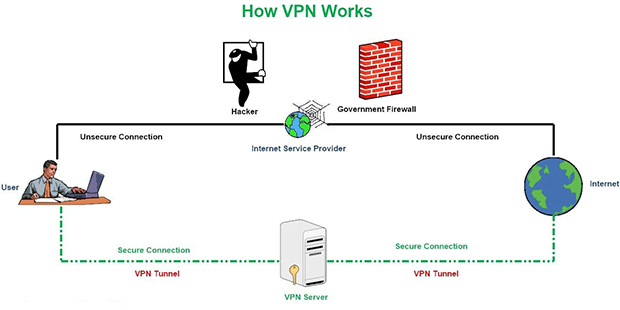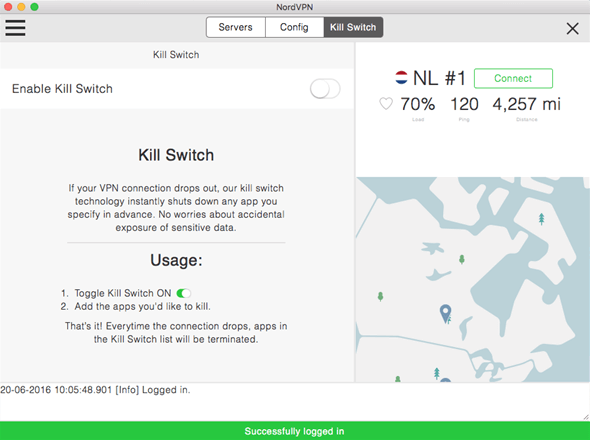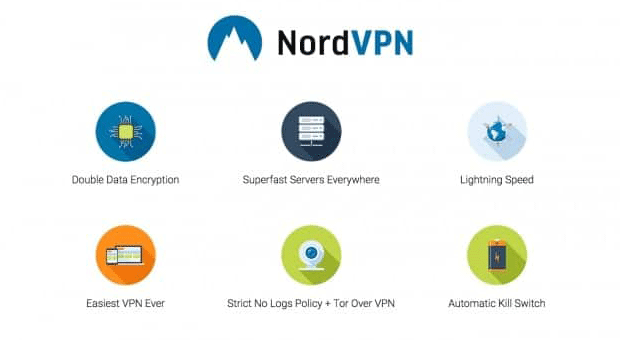Why you need a kill switch on your VPN

Every time you connect to the internet from a computer, tablet, or smartphone, you assume a significant risk of being targeted for attack. Hackers are always looking for ways to steal your data or spy on your activity through malware, data breaches, and other forms of cybercrime.
Adding a virtual private network (VPN) client to your devices is an easy way to keep them more secure and protected from intruders but simply installing one is not always sufficient. If you want to ensure that your devices are encrypted at all times, then you need to find a VPN provider that offers a kill switch feature.
How a VPN Works

A VPN fundamentally changes how your incoming and outgoing web traffic is handled. First, when you launch a VPN session, your provider authenticates your credentials and assigns you a new internet protocol (IP) address based on the endpoint server being used. Most VPN providers offer endpoints servers in multiple countries and continents, allowing you to choose what regional IP you use.
Once the connection to the endpoint server is established, your outgoing web requests will be automatically encrypted and sent through a secure tunnel. Data is decoded on the endpoint server and then routed to the appropriate destination. The whole process works in reverse as well. Incoming traffic hits the endpoint server first and is then sent back to your browser in an encrypted manner.
A VPN is considered to be a critical cybersecurity tool for homes and businesses because of the way it shields users from hackers and spying software. This is especially true if you regularly use public wi-fi networks in restaurants or airports. Without a VPN, there is a good chance that a hacker could infiltrate the network’s router and intercept your data. This is how many data breaches start.
What is a Kill Switch?

One of the inconveniences of using a VPN client is having to launch a new session each time you want to browse the internet from your computer, tablet, or smartphone. Long sessions of multiple hours may sometimes hit a timeout limit and cause the encryption to pause or stop.
The concept of a kill switch is designed for users who want an absolute guarantee that all of their web traffic is being sent through a secure channel. You can activate the kill switch setting through your VPN client’s settings panel, and once it is turned on, it will block any data transmission that has not been authenticated through the VPN.
This means that if your VPN service suffers a momentary blip or gets briefly disconnected, no data will be allowed to flow in or out of your device. Think of it like a heavy duty firewall that constantly monitors the health and performance of your VPN connection.
Be aware that in order to activate a kill switch, the VPN software needs to be able to modify your device’s operating system and network adapters. You will need administrator rights on the computer and should only install a kill switch from a reputable developer.
Benefits of a Kill Switch

A kill switch is an essential feature for individuals who routinely stream content over a VPN connection or use the anonymous privacy provided to perform large downloads on the web. Without a kill switch, there is a chance that some packets of data could be routed through your normal internet service provider (ISP) and be linked to your true IP address.
With the kill switch option enabled, you’ll never forget to launch your VPN client and start a new session. Because if you open a browser or app and try to connect to the internet, the traffic will be blocked until the VPN session has been fully authenticated.
VPN’s can offer the kill switch feature through two different mechanisms. An active kill switch protocol is triggered any time that the VPN session becomes disconnected. A passive kill switch protocol will halt internet traffic anytime it does not receive a ping from the VPN endpoint server.
Many of the top VPN providers like NordVPN or Express VPN (they call it a network lock) offer a kill switch feature at no additional cost. It can be toggled on or off at any time depending on your needs. In addition, most VPN’s let you set kill switch configuration on a per-site or per-app basis.
The Bottom Line
Investing in a VPN is a smart move when it comes to cybersecurity. And choosing a provider and product that supports a kill switch is highly recommended, as it keeps a close eye on the status and health of your encrypted sessions at all times. With the kill switch enabled, you can be assured that all of the data flowing in or out of your device will be completely secure, anonymous, and protected from dangerous hackers.
Posted in: News
Leave a Comment (0) ↓